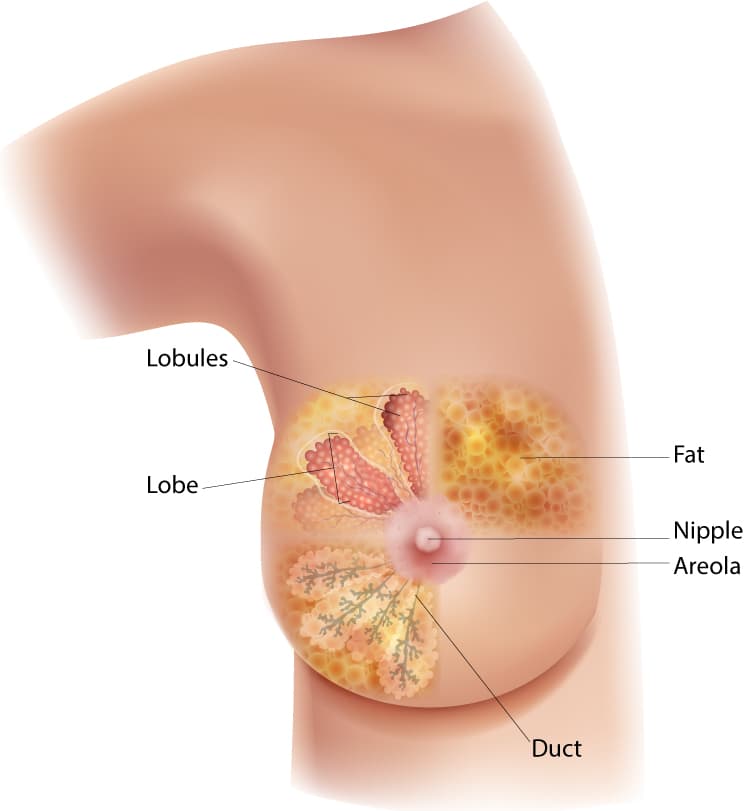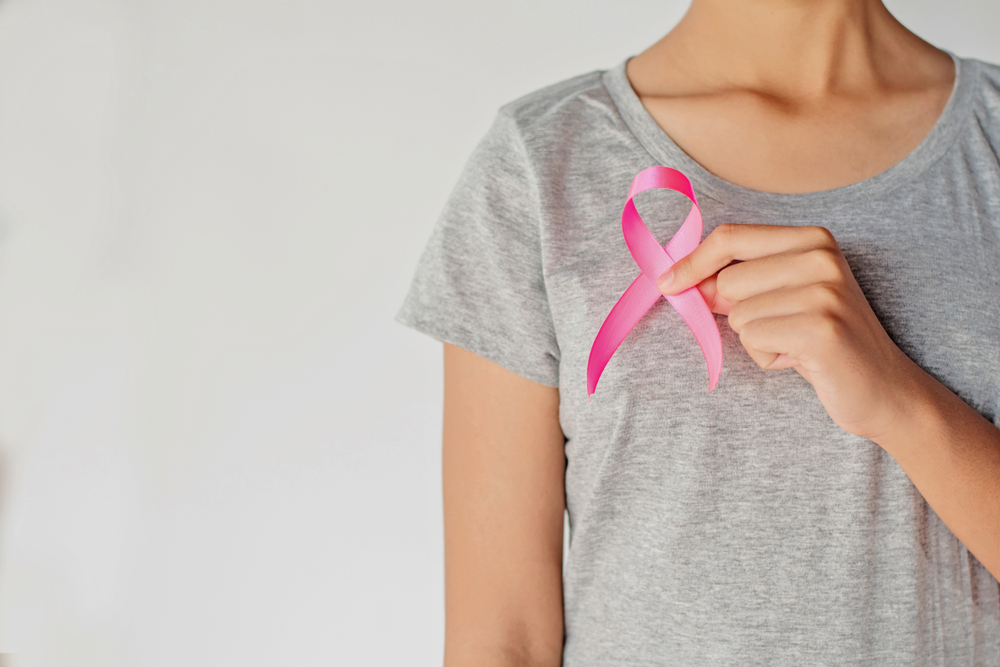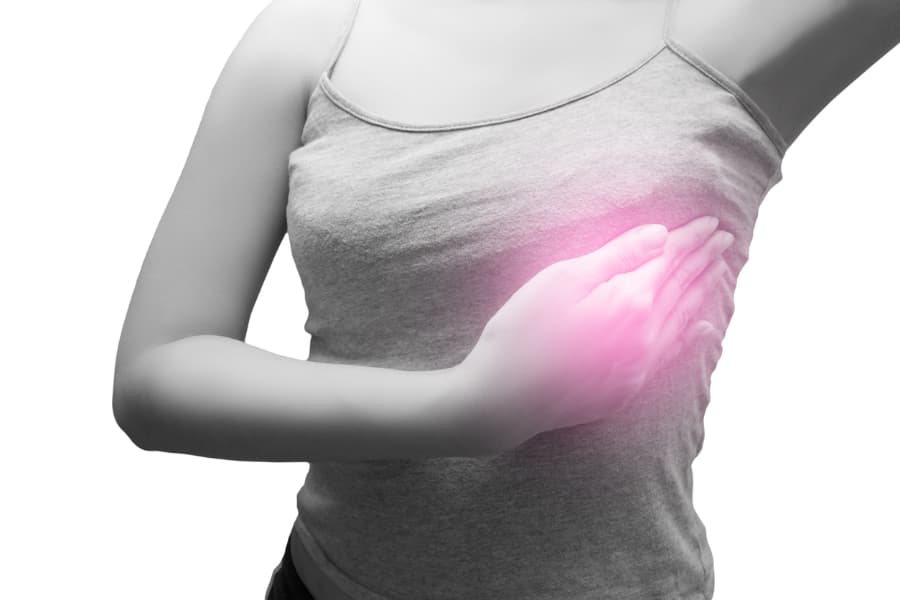Breast Cancer on the Nipple – The Nipple is the only organ women have that is completely attached to their body and cannot be removed or altered. It is located on the breast, just below the nipple, and has two main functions: to protect the nipple and to produce milk.
The Nipple has no nerve endings, and therefore no feeling. It does not feel anything when it is touched by clothing, bra straps, or other items. However, it can sometimes be irritated or infected. This can cause it to feel hot, tender, painful, sore, or swollen.
Breast cancer is a disease that occurs when cells in the breast begin to grow uncontrollably. Breast cancer is often found when a lump is noticed in the breast. Some women with breast cancer may have no symptoms. Some women with breast cancer may see changes in their breasts, such as new lumps, discharge, nipple retraction, redness, dimpling, thickening, swelling, skin irritation, or pain.
A breast cancer survivor has a great idea. She’s decided to share her story with others to help someone else going through the same thing.
She knows that sharing her story could help others struggling with breast cancer and hopes that by doing so, she can help save lives.
After all, we are all just people trying to make a living and live our lives. We don’t need to be defined by a disease.
When women find a lump on their nipples, they often panic. What exactly is it? Is it breast cancer? How bad is it? Should they get it checked out?
Nipples are a part of the female anatomy, and we all have them.
But what should you do when you find a lump on your nipple?
I got curious and decided to ask a doctor.
In this blog post, I’m going to share some facts about breast cancer, and hopefully help you understand what to do when you find a lump on your nipple.
What is nipple cancer?
Breast cancer is the most common form of cancer in women, but it’s not the only type.
There are two main types of breast cancer:
1. Invasive (Tumors spread to other parts of the body)
2. Non-invasive (The tumor stays in one spot)
Breast cancer usually happens in the cells of the milk ducts. But it can also occur in the lobes of the breast, the fatty tissue under the skin, or even the nipples.
This kind of breast cancer starts in the cells of the milk ducts. Once it has spread to other parts of the body, it becomes invasive.
In this kind of breast cancer, the cancerous cells break away from the breast tissue and spread through the lymphatic system. They may spread to other parts of the body, including the lungs, liver, brain, bone, or adrenal glands.
It can be hard to tell whether or not you have invasive breast cancer.
Happens of nipple cancer
Nipple cancer is a rare condition that affects the female breast. It is caused by a virus and may affect the nipple and the areola (the area around the nipple).
The cause of nipple cancer is unknown but it is believed to be related to infection from a sexually transmitted disease.
It is very uncommon but the prognosis for nipple cancer is poor.
It is possible to cure this type of cancer but it usually requires a combination of surgery and chemotherapy.
Do you know what causes nipple cancer? Breast cancer is the second most common cancer among women in the United States.
It’s caused by cells growing out of control.
Breast cancer is divided into several types. The most common type is invasive breast cancer. Invasive breast cancer is the type that spreads through the breast tissue and lymph nodes.
The symptoms of breast cancer include a lump or thickening in the breast, pain or swelling in the armpit, dimpling of the skin, nipple discharge, nipple retraction or puckering, redness, a change in the size of the breast, and a new lump on the underarm.
While these symptoms may occur, they can be difficult to distinguish from other conditions that cause similar symptoms. That’s why it’s important to see your doctor get proper treatment.

Nipple Cancer Symptoms
Breast cancer is scary. But it’s also preventable. There’s nothing you can do to get breast cancer, but there are plenty of things you can do to lower your risk.
When you first hear the words “breast cancer,” the first thing that comes to mind is a lump. But breast cancer can affect other parts of the body too.
I was diagnosed with breast cancer in 2015. When you’re in my shoes, it’s easy to panic. And since the disease can spread to other body parts, you must be vigilant.
Most women with nipple cancer experience a lump in their breasts during pregnancy or after giving birth. Breast cancer is one of the most common types of cancer among American women, and women with early-stage breast cancer have a five-year survival rate of 98%.
The risk of breast cancer increases with age and family history. The incidence of breast cancer has been growing steadily over the past few decades, and most experts attribute the increase to changes in lifestyle and diet.
Breast self-exams can help reduce your risk of dying from breast cancer. If you notice a new lump or have any other unusual changes in your breasts, get it checked out right away.
Nipple Cancer Treatment
However, if you’re someone who has never experienced it, the effects can be devastating. Some women have told me they feel it is even worse than having a baby.
This is because while having a baby is a natural part of life, breast cancer can be difficult to deal with. But, it doesn’t have to be a permanent situation.
Many women who have gone through this treatment have found success, and there are many resources available to help.
If you’re not succeeding with traditional treatments, there is another option. Many alternative nipple cancer treatment options are available to help women deal with the problem.
While it’s true that these treatments have been around for a long time, they are still a great option for many people. It’s just a matter of knowing which one is right for you.
The good news is that it doesn’t seem to affect much of the rest of your breasts. The bad news is that you may feel like you’ve got cancer in your nipple.
You can remove the lump yourself with a needle, but you’ll need to see a doctor make sure it’s not a bigger problem. Your doctor can also check to see if it’s cancerous.

Frequently Asked Questions (FAQs)
Q: How are women coping with breast cancer?
A: Women are coping with breast cancer by going through different stages. Sometimes they feel really scared and occasionally strong and ready to fight back.
Q: Are there any new treatments?
A: There are several new treatment options that have been developed to help patients who are currently struggling. The treatments also help patients prepare for the side effects that might come with treatment.
Q: What are some common misconceptions about breast cancer?
A: One of the most common misconceptions is that women can be cured through chemotherapy. While chemotherapy can help treat cancer, it does not cure the disease.
Q: What are some of the side effects of breast cancer treatment?
A: The most common side effects from breast cancer treatments include hair loss, soreness in the arms or neck, nausea, vomiting, fatigue, and problems with the skin.
Q: What’s the most common misconception about breast cancer on the nipple?
A: That it’s something to make fun of. When I was diagnosed with breast cancer, many of my friends were like, “What are you going to do about it?” But I was very happy because I didn’t have to deal with that.
Q: How has breast cancer on the nipple changed your life?
A: Before my diagnosis, I never thought about having breasts. Now, I feel comfortable wearing bras and dresses.
Q: What’s the best part of being a breast cancer survivor?
A: To be honest, I think about it less than before. My main focus is to live a good life.
Myths About Breast Cancer
Breast Cancer only happens to young women.
Women who have their period can’t get Breast Cancer.
Only the nipple area can be affected by breast cancer.
“Nipples are the only area that breasts can be removed from.”
“If there is any sign of nipple change, it’s probably breast cancer.”
A person with breast cancer can have an itchy nipple.
A person with breast cancer can have redness in the nipple.
A person with breast cancer can have a hard nipple.
Conclusion
It’s a sad fact of life that a woman will develop breast cancer some time during her lifetime. Even though breast cancer is one of the most common types of cancer among women, it’s one of the most treatable forms of cancer.
However, other conditions can affect the nipples, which can be painful and difficult to treat. These include bacterial infections, yeast overgrowth, and fungal infections.
In the first instance, if you’re having nipple pain, I recommend getting in touch with a doctor. They may be able to treat the problem without resorting to surgery.
As for bacterial infections, these tend to be treated with antibiotics. And in the case of yeast overgrowth, this can be treated with antifungal medication.
Cancer is a nasty disease that takes its toll on the affected person and their family members. If you’re looking for a career that will help you financially, you may want to consider becoming a nurse.
But if you want to make money online, you might consider becoming a freelance writer.
Breast cancer is the most common form of cancer in women. It’s also one of the leading causes of death among women between the ages of 40-50.
Breast cancer is also the second most common cancer among women overall.









